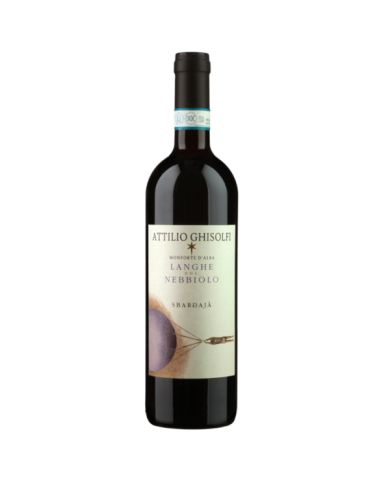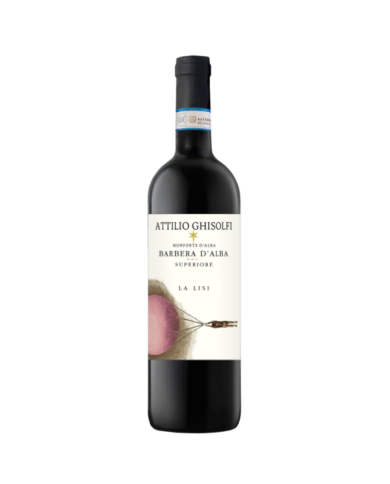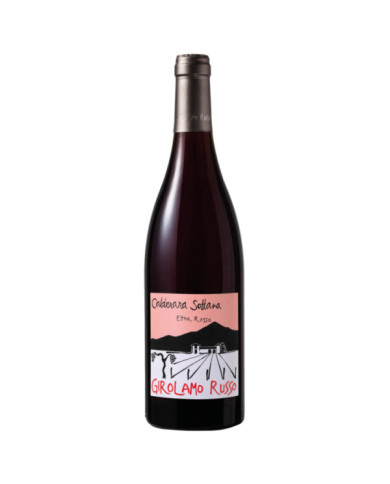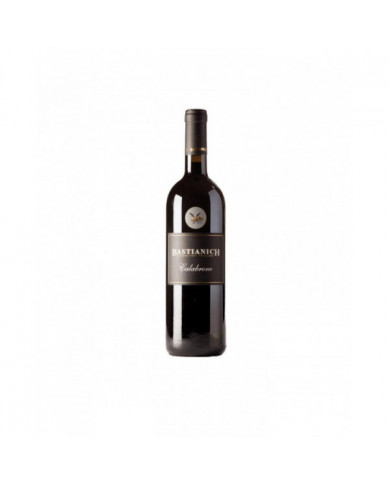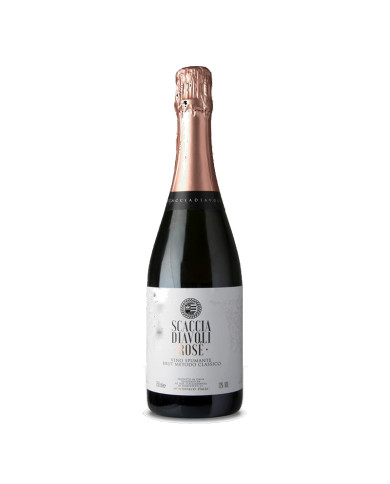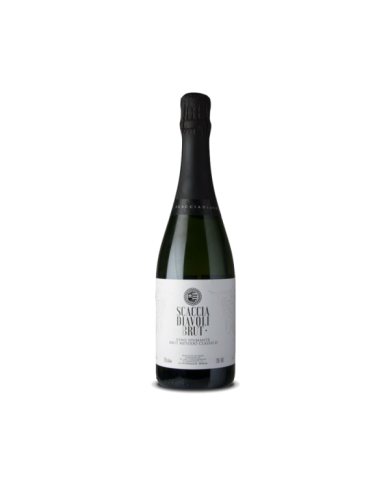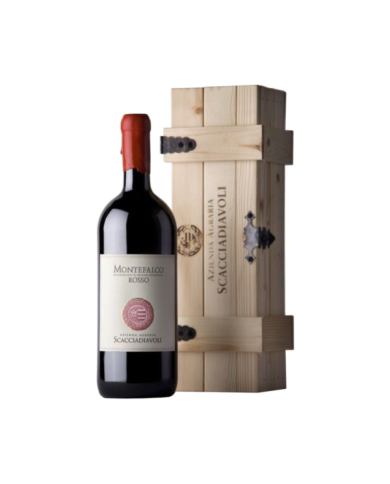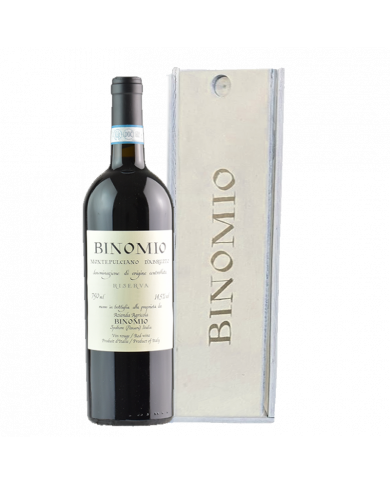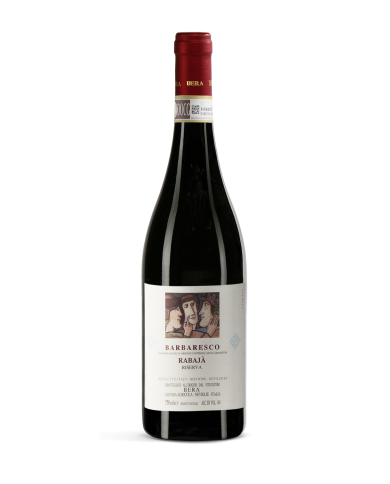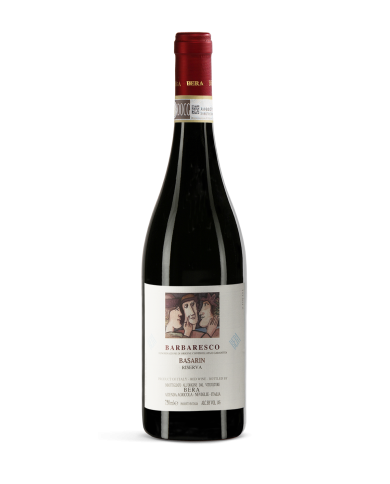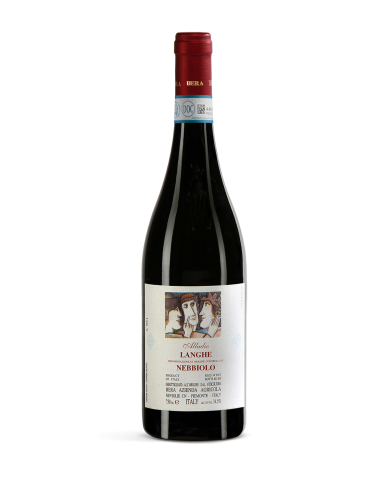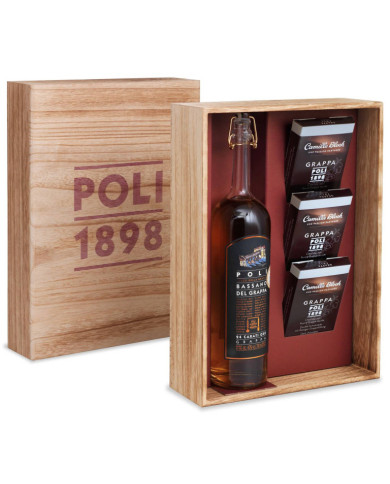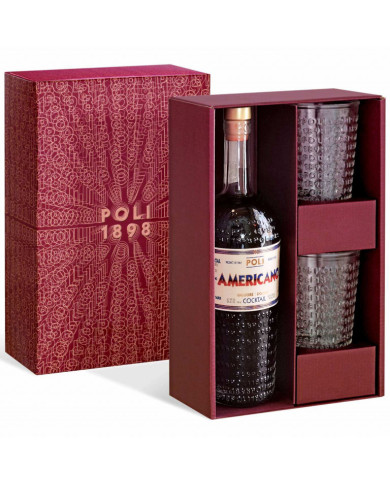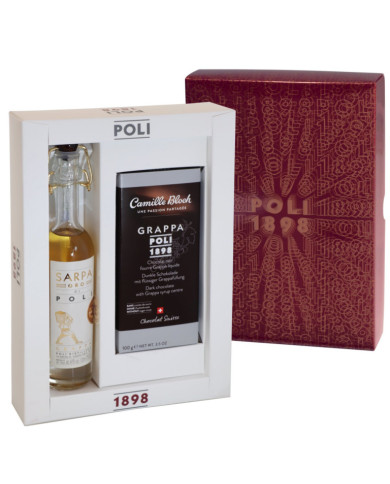Classe e spontanea vivacit├Ā sono le caratteristiche che distinguono il Nebbiolo. Vino antico e gi├Ā noto per le cantine di Casa Reale Savoia a partire dal 1600. ŌĆØ Sbardaj├Ā ŌĆØ ├© un termine che deriva dal dialetto Piemontese e significa ŌĆØ sparsi ŌĆō sparpagliati ed ├© stato scelto questo nome poich├® il vino ├© ottenuto da uve Nebbiolo provenienti da vigneti sparsi tra Langhe e Roero (Monforte, Monteu Roero e Priocca)
Ottenuto da uve Barbera prodotte nei vigneti situati in Monforte dŌĆÖAlba, zona Visette. Il nome La Lisi deriva da "Lisirun", il vecchio cascinale dove la nostra famiglia ha mosso i primi passi nel mondo della viticoltura.
The red Etna Calderara Sottana by Girolamo Russo was born in the vineyards located in the Contrada Calderara Sottana district in Randazzo, in the extraordinary wine-growing panorama of Etna, a terroir particularly suited to the production of wines of great value, thanks to unique temperature ranges.
Very versatile ros├®. Made with only Sagrantino grapes. Harvest by hand, soft pressing of the grapes, within six hours of harvesting. First slow fermentation, at a controlled temperature to preserve the primary aromas. Second fermentation and maturation on the yeasts strictly according to the Classic method with natural fermentation in the bottle, for at least 18 months.
Not only great reds are born from the Sagrantino grape. Vinified in white it is an original base for Scacciadiavoli 's Spumante Brut Classic Method. The characteristics of the wine are revealed in new forms: the aromas are fresh and delicate and the tannins, typical of Sagrantino, participate in the structure by joining the bubbles.
Wine of excellent workmanship. Intense ruby red color, ample, elegant perfume with hints of cherry, soft and voluminous flavor. In the ancient tradition of the territory of Montefalco, after selecting the grapes for the production of Montefalco Sagrantino, all the other red varieties were harvested for the composition of a fresher and easy-to-match wine. Scacciadiavoli takes inspiration from this tradition and perfects it by adding that touch that makes this wine even more lovable.
The Montepulciano variety grown in Abruzzo is, in our opinion, of clear Greek / Balkan origin due to its overall morphological characteristics. We therefore believe that it spread in remote times, perhaps pre-Roman, having found its cradle in the Peligna Valley, between the towns of Raiano and Sulmona, which history wants to have been colonized by the Peligni perhaps coming from Asia Minor or from ' Illyria, around the 12th century BC
The Montepulciano variety grown in Abruzzo is, in our opinion, of clear Greek / Balkan origin due to its overall morphological characteristics. We therefore believe that it spread in remote times, perhaps pre-Roman, having found its cradle in the Peligna Valley, between the towns of Raiano and Sulmona, which history wants to have been colonized by the Peligni perhaps coming from Asia Minor or from ' Illyria, around the 12th century BC
Wine of great nobility, austere, elegant, frank, obtained from Nebbiolo grapes from vineyards owned by the prestigious cru Rabaja in Barbaresco.
Elegant, austere, of great nobility; this wine made from Nebbiolo grapes has a garnet red color with orange reflections. In the glass it releases ethereal and spicy aromas, with light notes of vanilla and dried flowers, while in the mouth it is generous, of great harmony and persistence. It goes well with red meats, game and aged cheeses. Obtained from Nebbiolo grapes from vineyards in the Basarin sub-area in Neive.
Produced with Nebbiolo grapes, it is a garnet colored wine with orange reflections, lively and captivating. It has ethereal, ample and persistent aromas, reminiscent of violets and roses, a dry taste, with a good structure, pleasantly sapid, with already sweet tannins. It goes well with grilled red meats, baked pasta, medium-aged cheeses.

